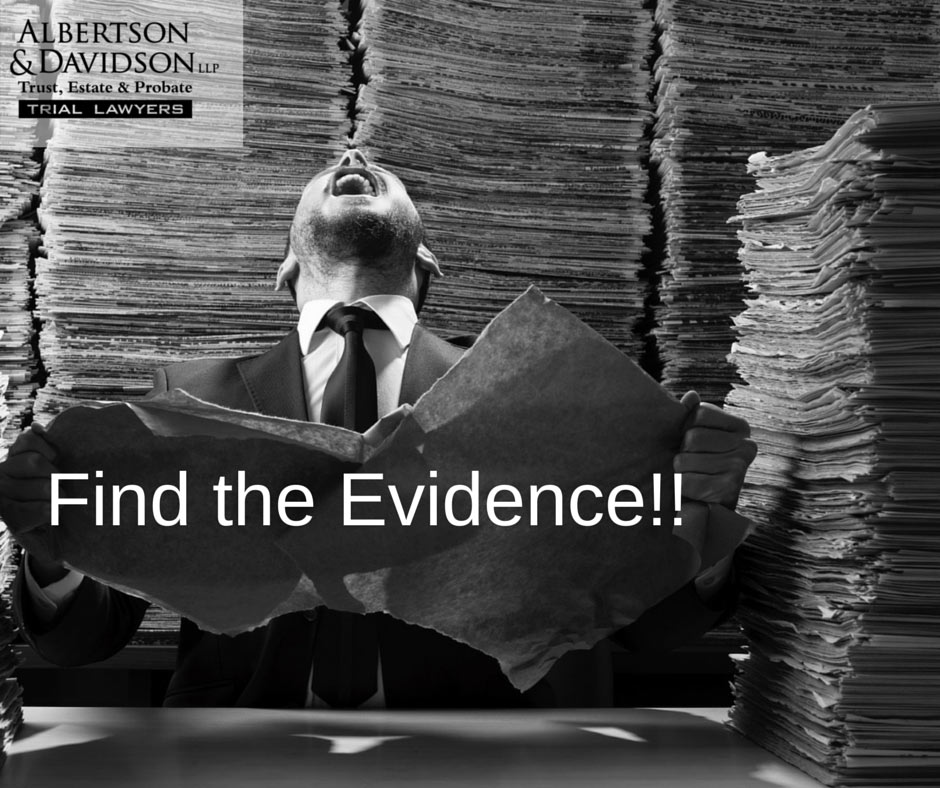
In California, the law puts a high price on a consumer’s right to privacy. Privacy is an important right that is guaranteed by both the U.S. Constitution and the California Constitution. That protection is great when it is used to shield your private information from the public. But it can pose a problem if you are in a lawsuit and need records to prove your case.
Luckily for you the right to privacy is not absolute, so there are ways to get the information you need to prove your case. But first you have to jump through a few procedure hoops.
The first step in obtaining personal records is to serve a consumer’s notice (as required under CCP section 1985.3). The consumer’s notice is sent to the person whose records you are going to subpoena, along with a copy of the subpoena so the person can see what records you are seeking. If the person is NOT a party to the lawsuit, then all they need to do is send a written objection and no further documents can be produced. You then have to file a motion with the Court explaining why the documents are directly relevant to your lawsuit. If the Court agrees, then an order will issue and you can get the documents. If the Court disagrees, then no documents for you.
If the person whose records you seek is a party to the lawsuit, then a written objection is not sufficient. Instead, the party must file a Motion to Quash the subpoena with the Court. Once the motion is filed, the subpoena is automatically frozen until the Court makes a decision. Once the Court rules, then the documents are either produced or not depending on the Court’s decision.
If, however, no one objects and no one files a Motion to Quash, then the subpoena can be served on the financial or medical institution that has the documents along with a copy of the previously served consumer’s notice so that they know that proper notice was given. The financial or medical facility will then locate and produce the documents once the date to produce arrives.
It is not impossible to obtain consumer records, you just need to know the proper dance steps to follow.
References:
